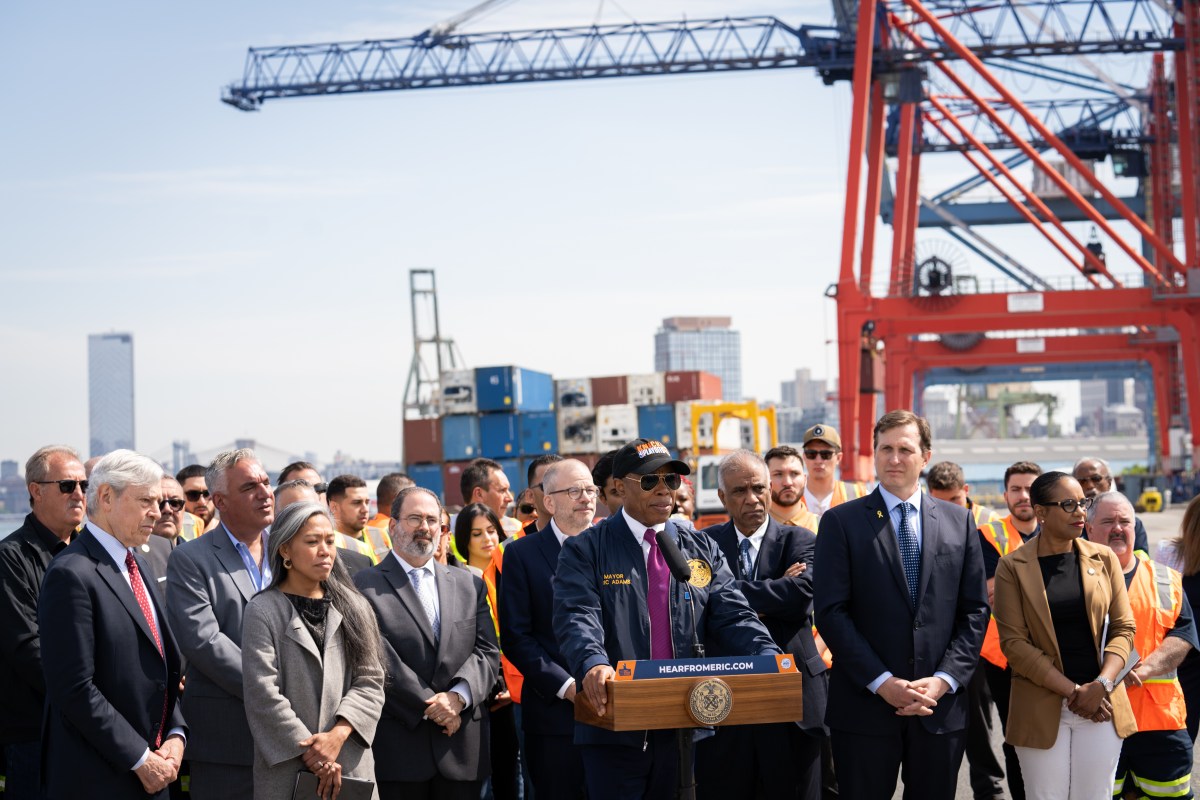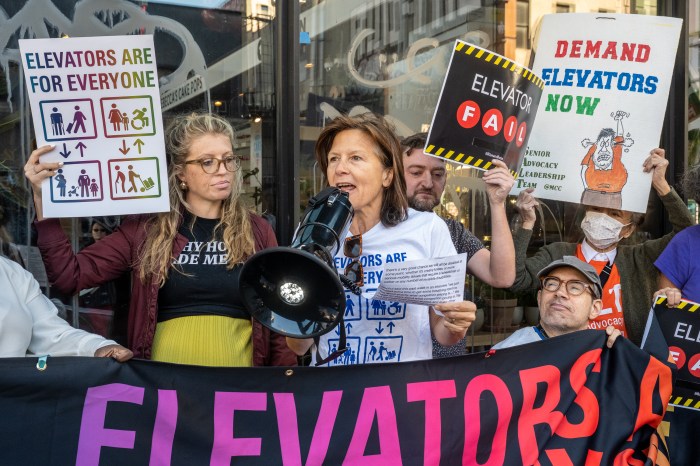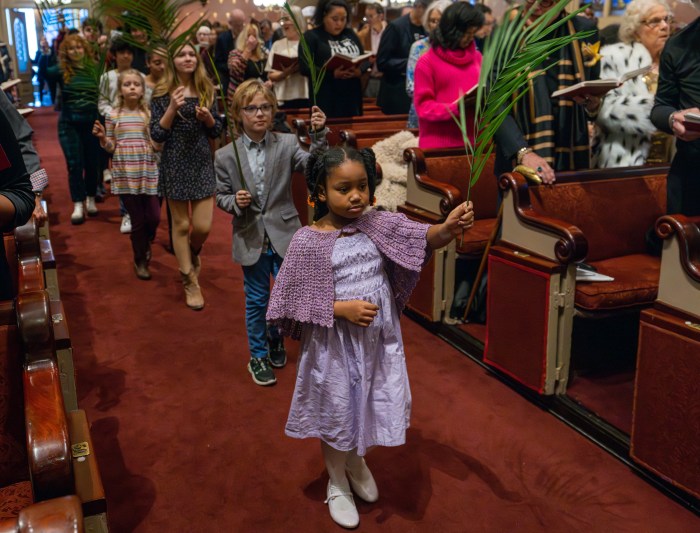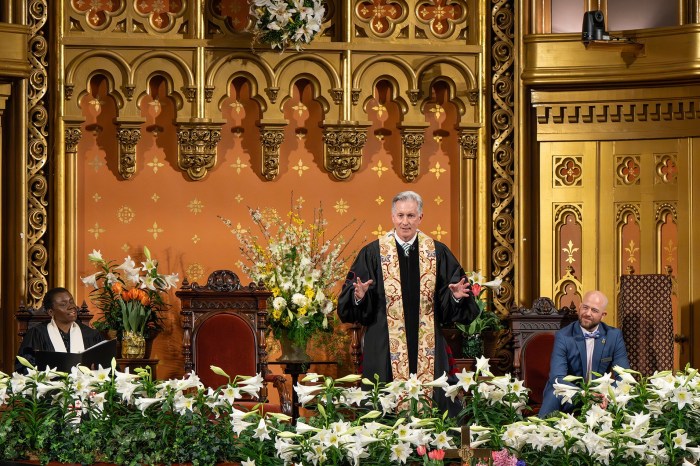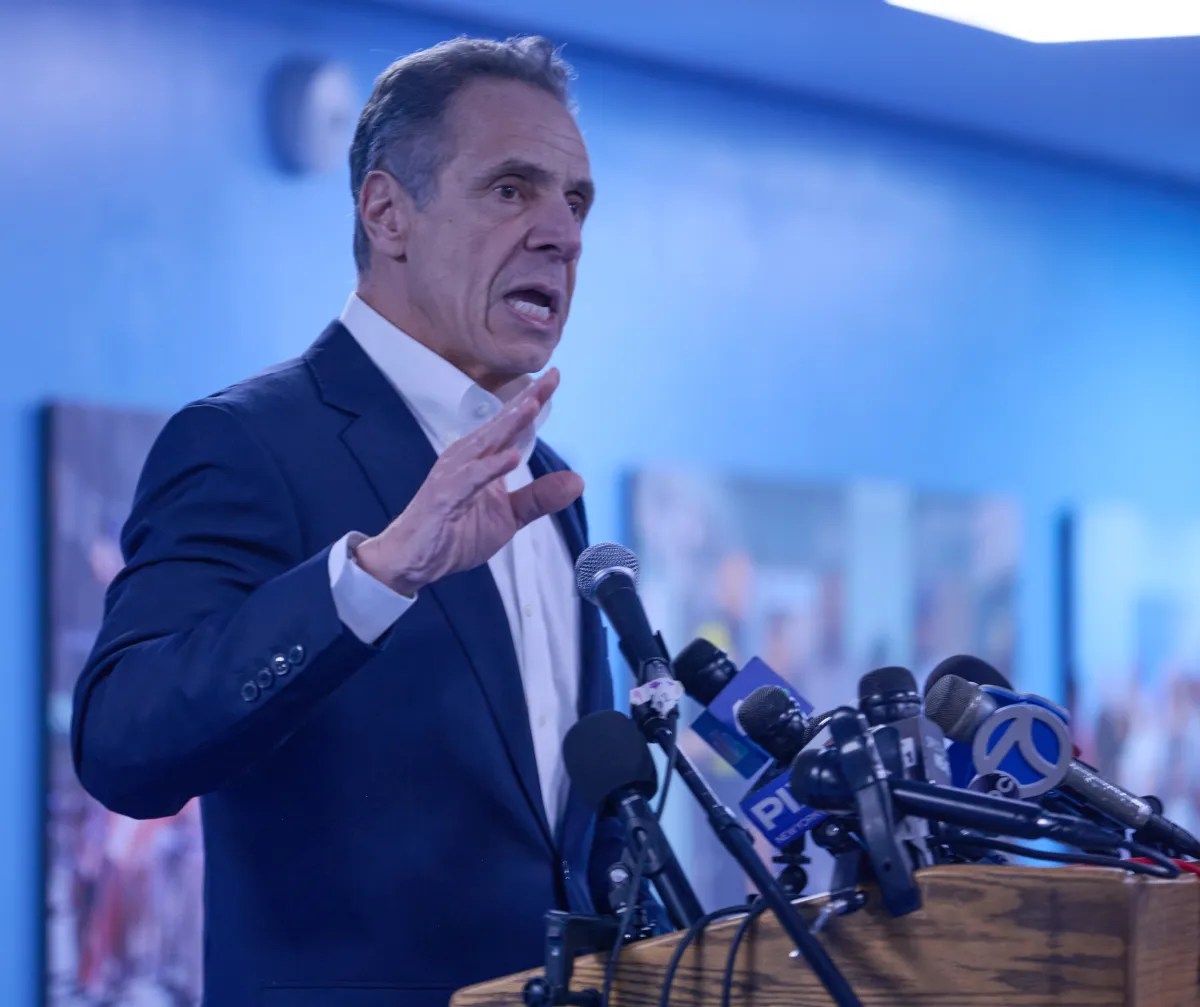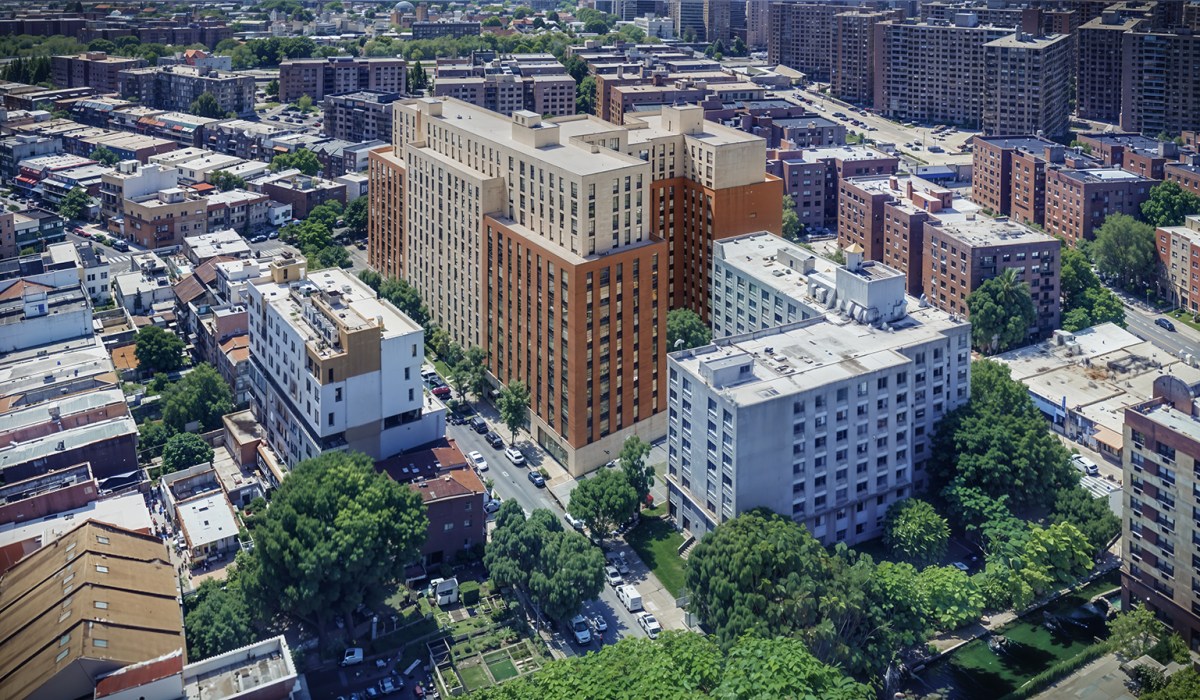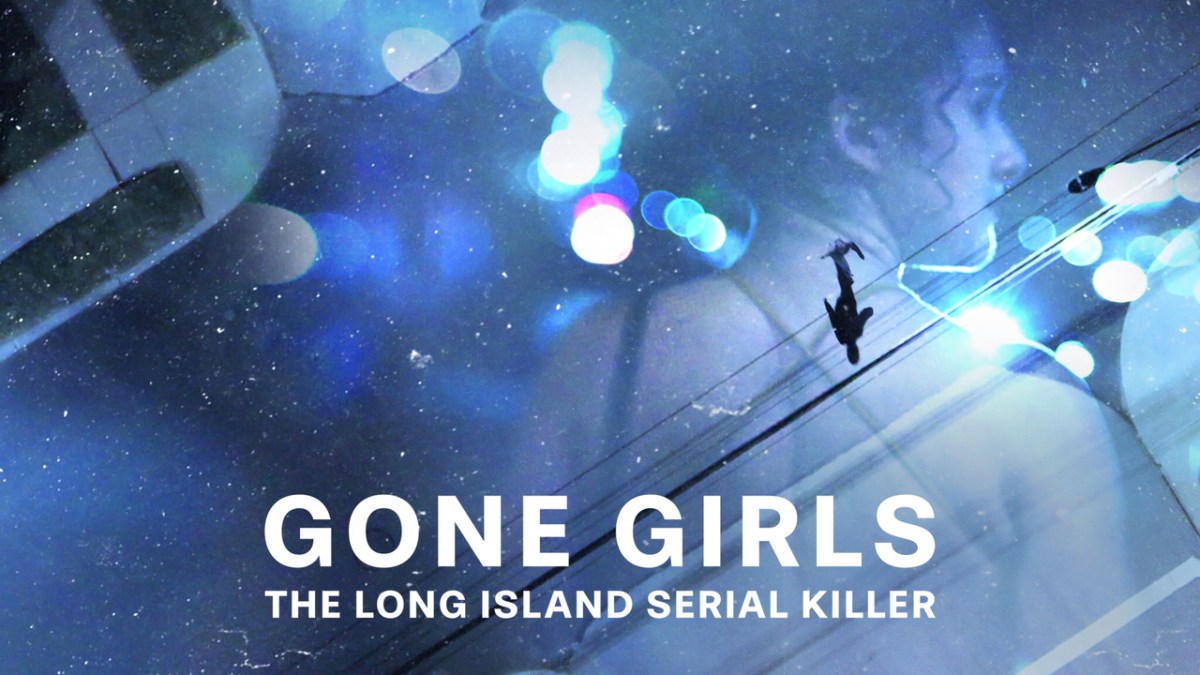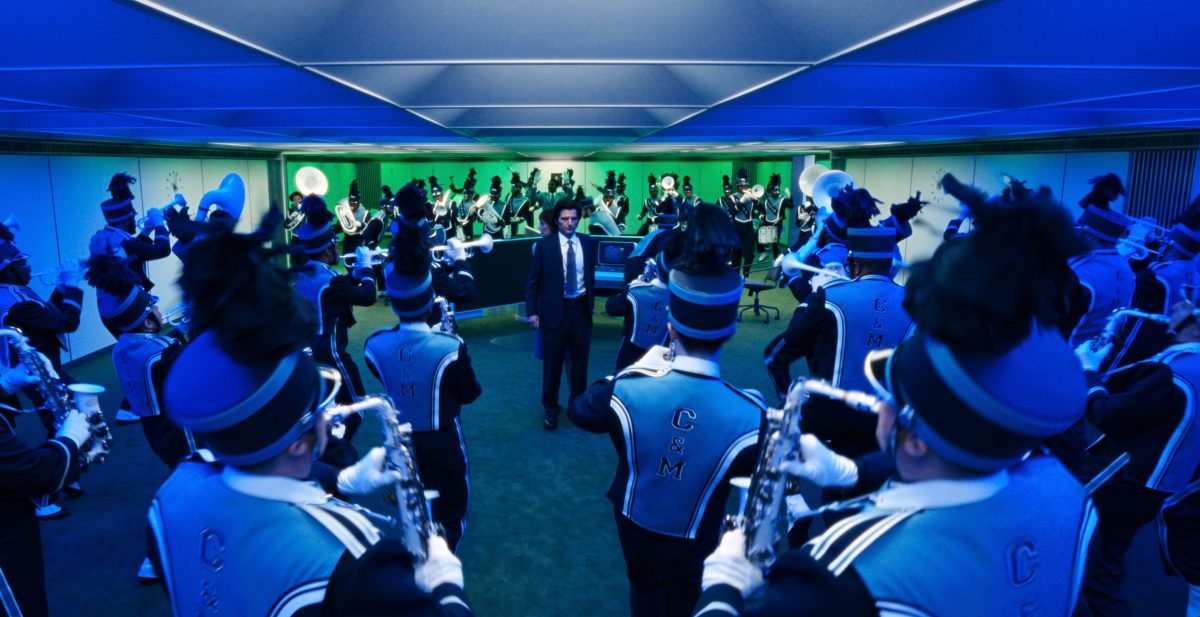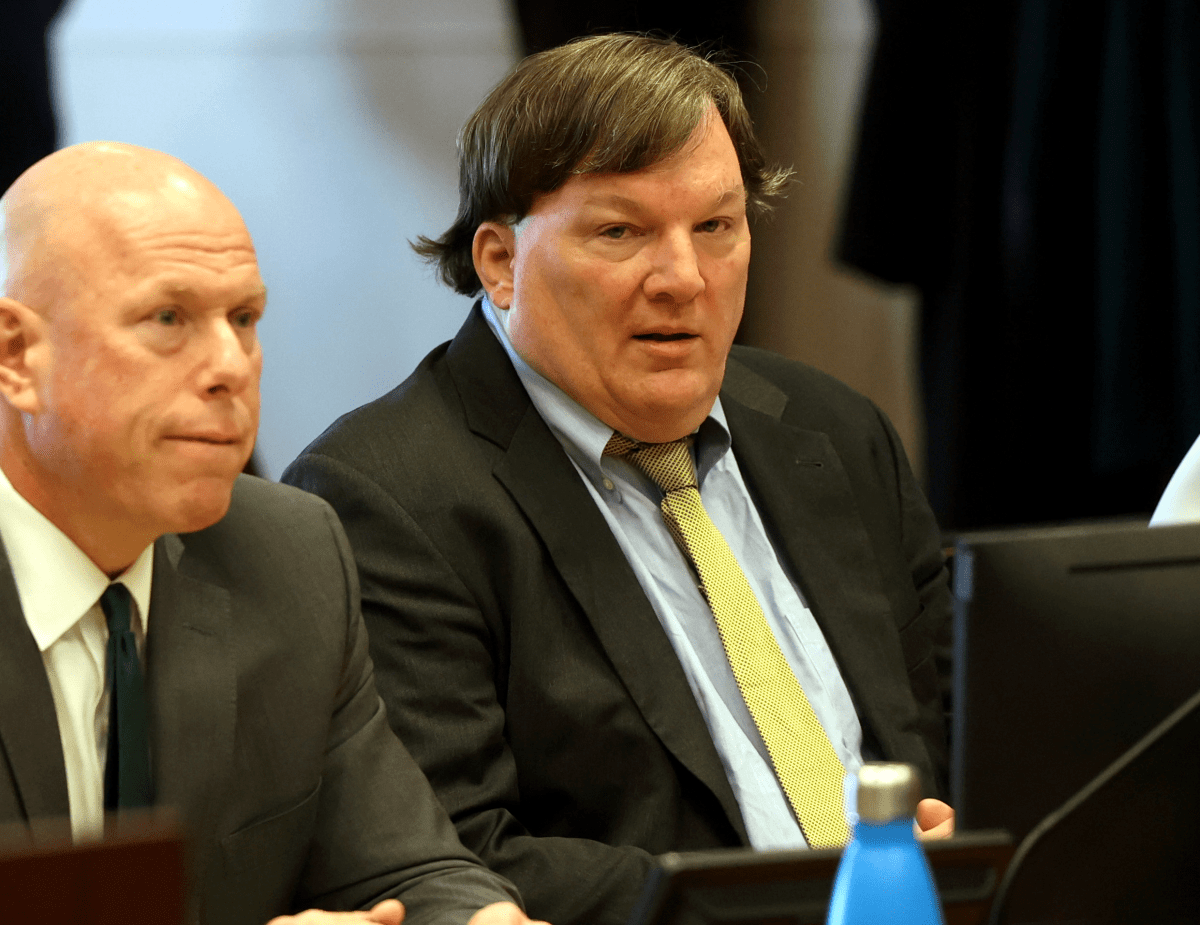With the Brooklyn Marine Terminal (BMT) about to undergo a massive transformation, transit advocates and community groups are urging the city not to forget about addressing the area’s transportation needs.
The Riders Alliance, a local transit advocacy group, penned a letter on Wednesday to leadership at the NYC Economic Development Corporation (NYCEDC), which oversees the BMT project, urging them to improve transit in the mostly industrial area as construction projects for the historic port get underway.
The BMT is located in Red Hook, a western Brooklyn neighborhood that has a ferry dock and a cruise terminal but is nonetheless “notoriously isolated by its lack of subway access and being bound by an interstate highway and industrial waterfront,” according to Betsy Plum, executive director of the Riders Alliance. Plum alluded to the neighborhood’s close proximity to the Brooklyn-Queens Expressway.
“Red Hook is also home to the Red Hook Houses, the largest public housing development in Brooklyn, where thousands of very low-income New Yorkers live and have an especially compelling need for access to basic services and opportunities,” Plum added in her letter to the NYCEDC.
Since gaining control of the BMT from the Port Authority of New York and New Jersey in May 2024, the NYCEDC has a lot in store for the iconic and economically important port, which has experienced 50 years of deterioration and divestment.
Community members and commuters, however, don’t want to be left behind in the construction dust as the 122-acre site undergoes some major revamping with a plan that includes a more modern port facility and “mixed use” community hub.
“The Brooklyn Marine Terminal project should be seen as an opportunity to improve access, safety and quality of life for thousands of existing residents as well as address citywide and regional housing challenges,” Plum wrote.
A fare-free zone?

The letter mentions suggested improvements such as better bus service and reduced or free fare options. Currently, the B57 and B61 bus routes serve the area.
Advocates are calling for more frequent B61 service running north and south and a revived and extended B71 bus line reaching Park Slope to the east and Manhattan to the west.
Plum wrote that many senior, low-income, and disabled New Yorkers in the area who qualify for reduced fares still have trouble affording transit. Due to its low-income residents and high isolation, she also suggested the area as a “compelling test case” for free transit.
“Neighborhood routes could be made fare-free,” Plum said. “Residents currently eligible for reduced fares could be offered free service outright. Moreover, Red Hook’s near-poor residents would benefit from an expansion of Fair Fares eligibility to households earning up to 200% of the federal poverty level.”
As it stands now, only New Yorkers living at 145% of the federal poverty level are eligible for Fair Fares, the half-off discount program for city trains and buses.
Meanwhile, the MTA previously tested free buses along five routes across the city in 2023-24. The year-long experiment ended last September, however, as the MTA argued the pilot program didn’t attract new riders, though data pointed out that ridership on the five lines had increased, primarily through local residents.
Jeff Holmes, a spokesperson for the NYCEDC, said transit issues have been at the forefront of community feedback.
“The transformation of the Brooklyn Marine Terminal into a world-class, modern maritime port and vibrant mixed-use community is a generational moment for New York City – an opportunity to truly think big,” he said. “Ensuring there is improved and equitable access to mass transit to the surrounding areas and mitigating existing truck traffic has been a consistent and central piece of community feedback.”
Walking and the F/G train
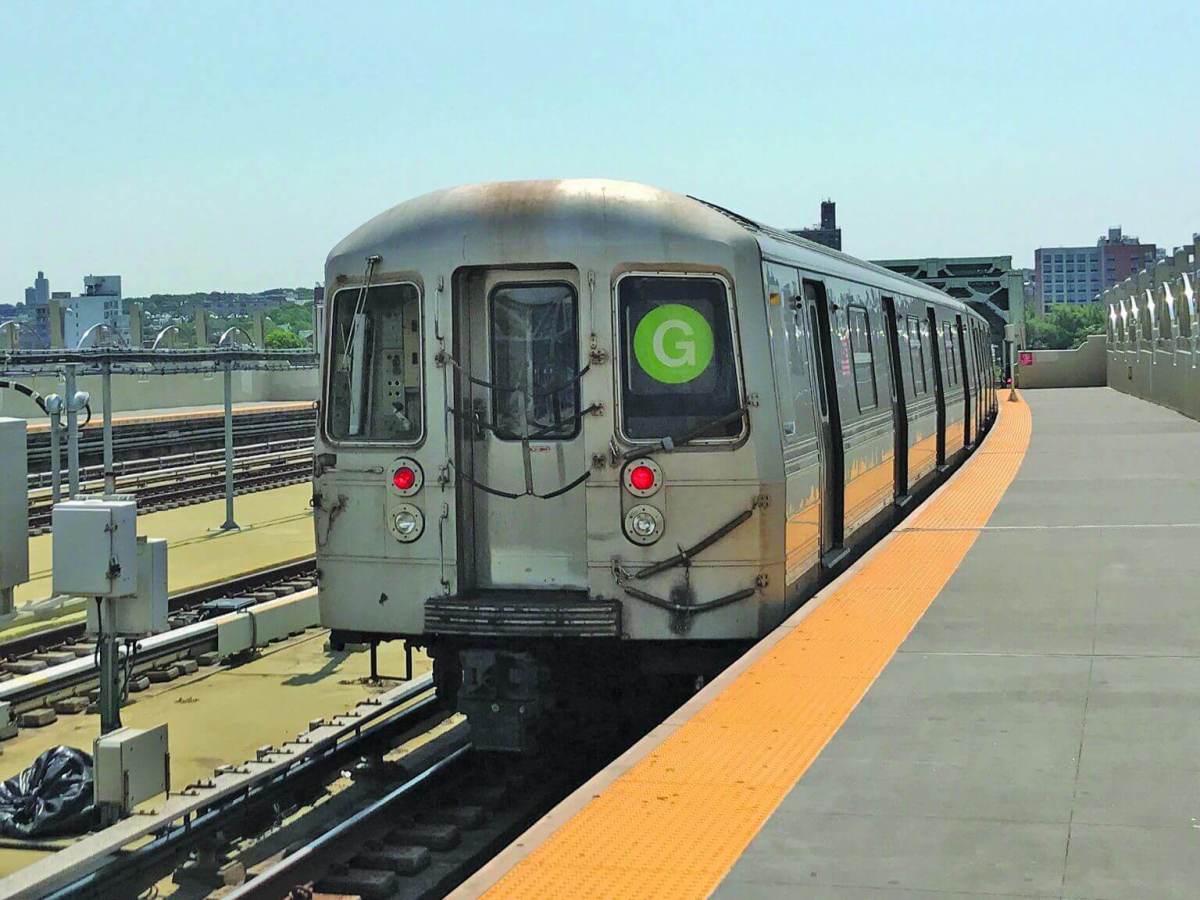
Transit advocates are also asking for improved conditions for pedestrians and subway riders, which would include redesigning elements of the main F/G train corridor at the Smith-9th Street station — which, at 87.5 feet above the ground, is the highest elevated train station in the world.
“Shorter walking distances. Now, with the wide street, lengthening the time that pedestrians have to cross is important,” said Danny Pearlstein, policy and communications director at the alliance.
He also suggested more aesthetic appeal for the walkways.
“Even making it more inviting with things like planting, so it doesn’t feel like you’re walking through a barren industrial section.”
Holmes said various improvements in transit would be considered along the way.
“As part of a vision plan, NYCEDC and the Brooklyn Marine Terminal task force will be considering a number of transit improvements ranging from improved and increased bus and ferry service, to new greenways for pedestrians and bicyclists, and studying multiple site-circulation proposals through the environmental review process, among others,” he said.
In the meantime, Plum said the BMT, often referred to as the “Harbor of the Future,” should be seen as “an opportunity to improve access, safety and quality of life” for residents.
“Better, fairer transportation is a critical prerequisite for a successful redevelopment,” she said.



